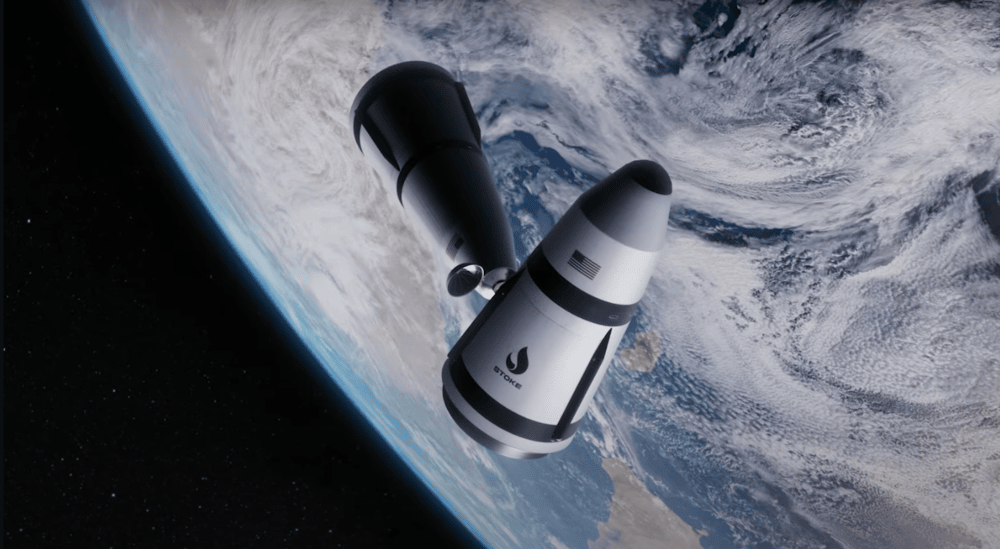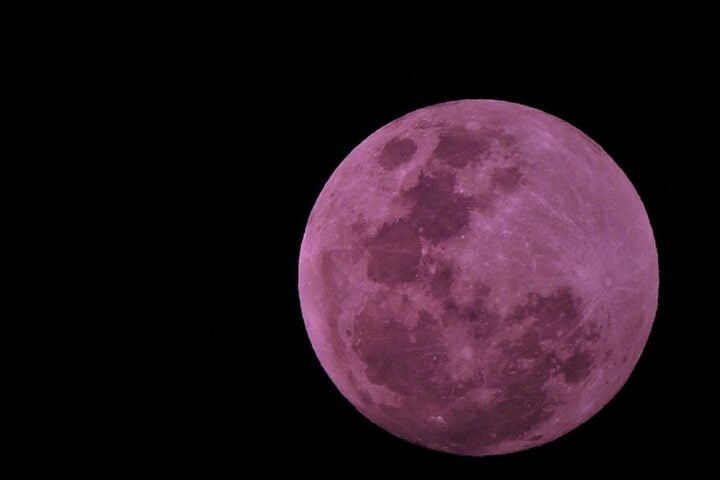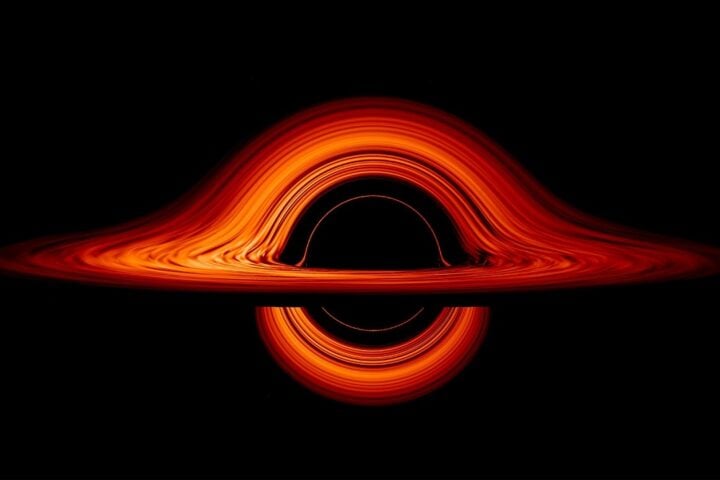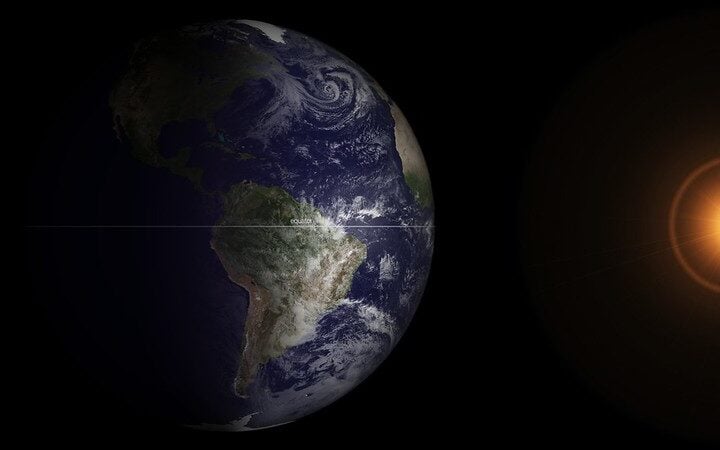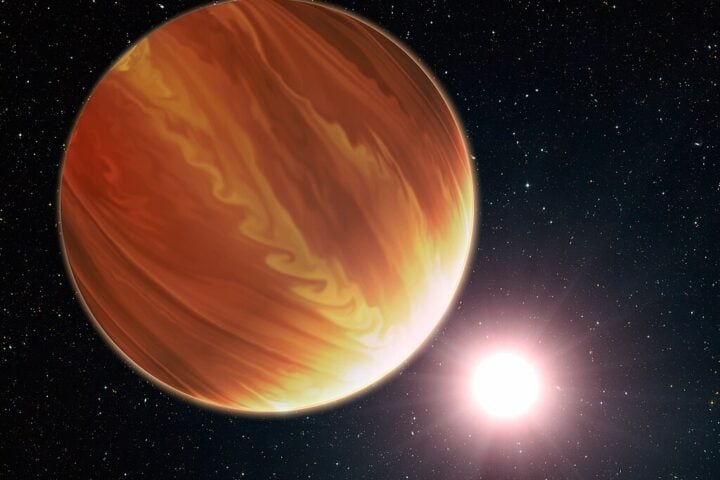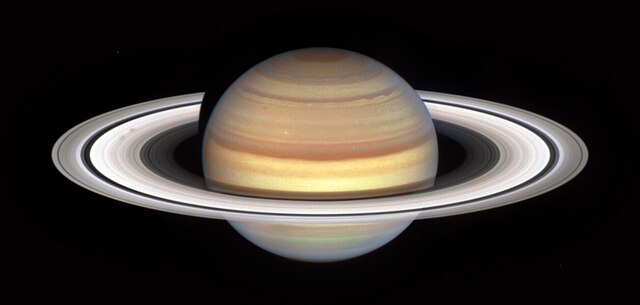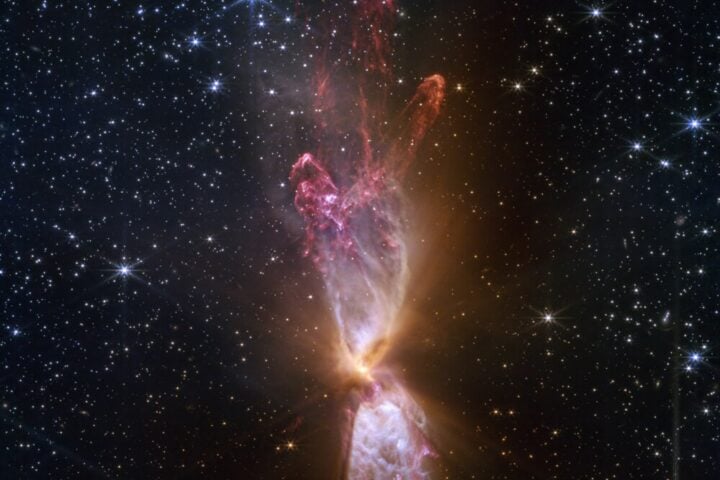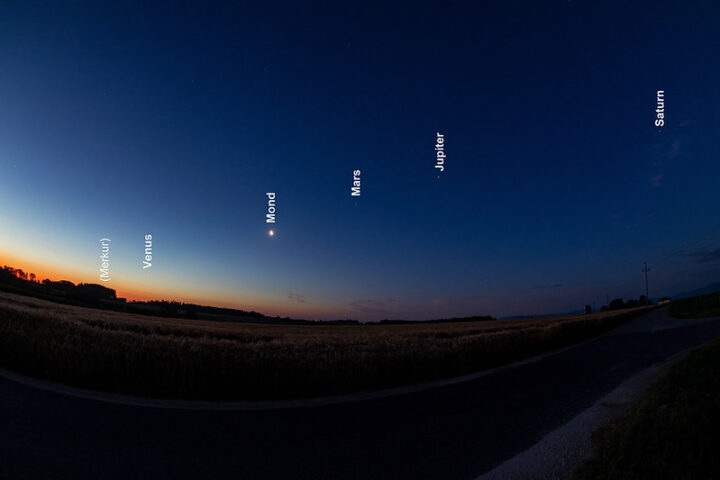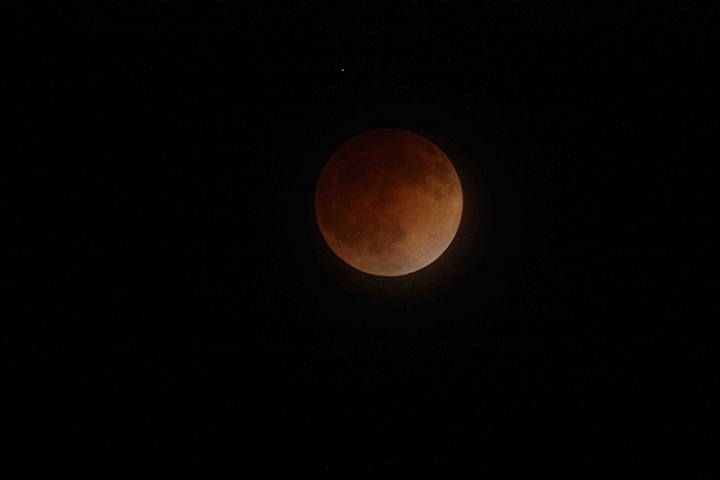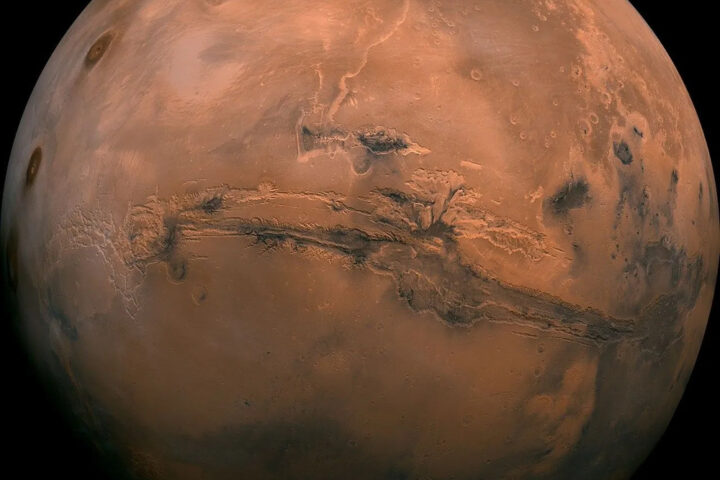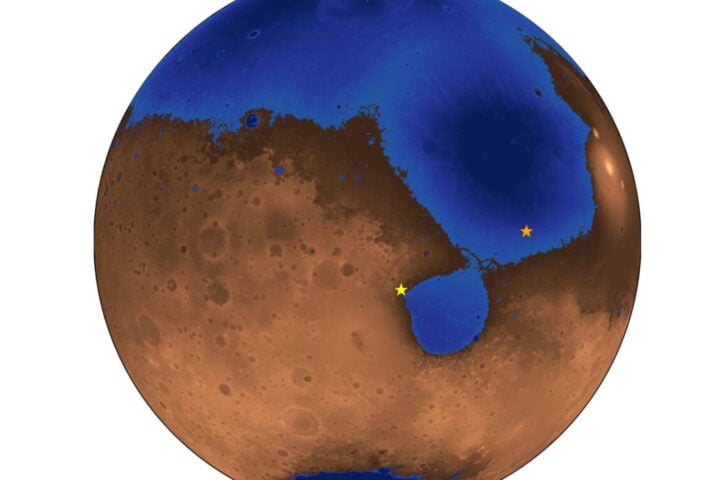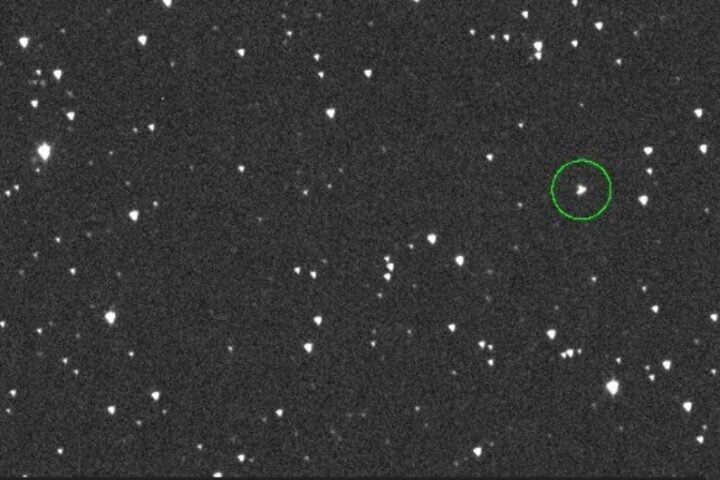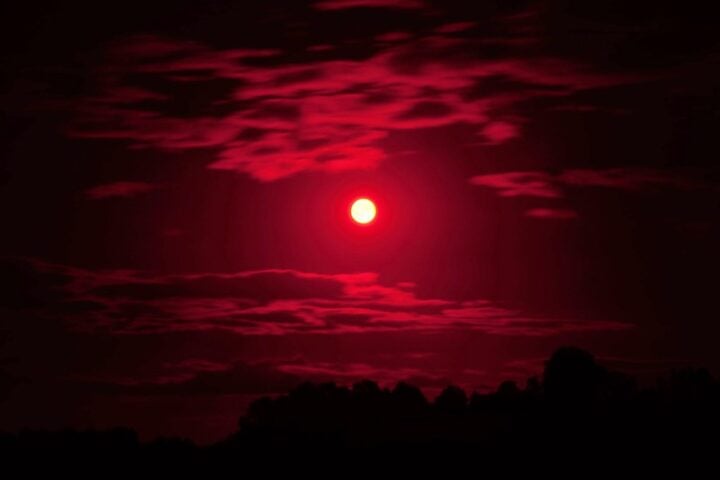A recent encounter with a flash of brilliant blue light has sparked a flurry of astronomical chatter. The cause? A Luminous Fast Blue Optical Transient (LFBOT), known to the space community as a brief yet intensely bright explosion, has been captured by the Hubble Space Telescope, and it’s breaking the mold of our previous observations.
The Enigma of Blue Flares
LFBOTs are no strangers to astronomers. These celestial flares light up the universe in a brilliant blue, only to fade away just as quickly as they appeared. But there’s a twist in the tale of this particular LFBOT, designated AT2023fhn. Unlike its predecessors, which made their grand entrance within star-forming galaxies, this one has chosen the stage of the intergalactic void for its fleeting performance.
Between Galaxies: A New Stage
The placement of AT2023fhn, far from the bustling regions of star-forming galaxies, has left astronomers scratching their heads. Typically, LFBOTs have been spotted amidst the stellar nurseries of galaxies, making this intergalactic appearance a cosmic curveball. The question echoing through the halls of observatories worldwide is simple yet perplexing: what triggers such a vibrant explosion in the emptiness of intergalactic space?
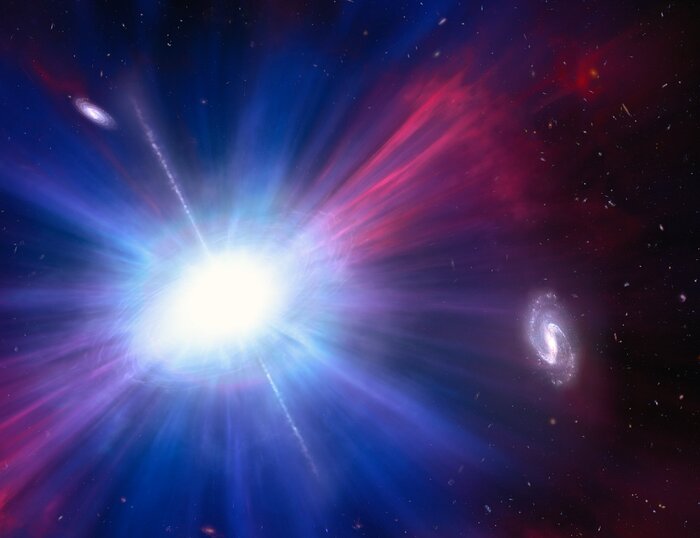
Artistic Glimpse into the Unknown
While artists have conjured up visual representations of these brilliant, blue flares, it’s crucial to note that these images are speculative. The actual mechanics and origins of LFBOTs remain tucked away in the cosmic shadows, waiting to be unveiled by future research and observations.
Unraveling the Astronomical Mystery
A Closer Look at LFBOTs
LFBOTs, despite their ephemeral nature, offer a rich field for astronomical sleuthing. Their rapid evolution from obscurity to peak brightness and back again challenges astronomers to not only spot them but to unravel the secrets behind these celestial fireworks.
Similar Posts
The Mystery of Stellar Explosions
The appearance of an LFBOT amidst the cosmic void propels us into a new realm of astronomical detective work. Without a clear origin or triggering event, these transients beckon astronomers and scientists to delve deeper into the mysteries of interstellar phenomena.
Looking Ahead: The Cosmic Puzzle Continues
Exploring Uncharted Cosmic Waters
AT2023fhn not only provides a new research avenue but also throws a celestial wrench into our understanding of transient astronomical events. This LFBOT, with its unique characteristics and location, invites us to explore and perhaps redefine our understanding of the universe’s enigmatic phenomena.
The Ongoing Saga of Space Exploration
As we peer deeper into the cosmic depths, phenomena like LFBOTs present the universe’s complexity and mystery. The ongoing saga of space exploration, aided by the vigilant eyes of telescopes like Hubble, ensures that our cosmic story will continue to unfold, revealing new mysteries and challenges to decode.
In a notional nod to the scientific community, “The universe, in its boundless complexity, continues to surprise and challenge us, offering new mysteries just when we think we’re starting to piece it all together.”
Wrapping Up
Navigating through the cosmic phenomena like LFBOTs, especially those as perplexing as AT2023fhn, presents a thrilling challenge for astronomers and cosmic detectives globally. As we continue to explore and understand the universe, we’re met with phenomena that defy our understanding, inviting us to explore further into the cosmic unknown.
